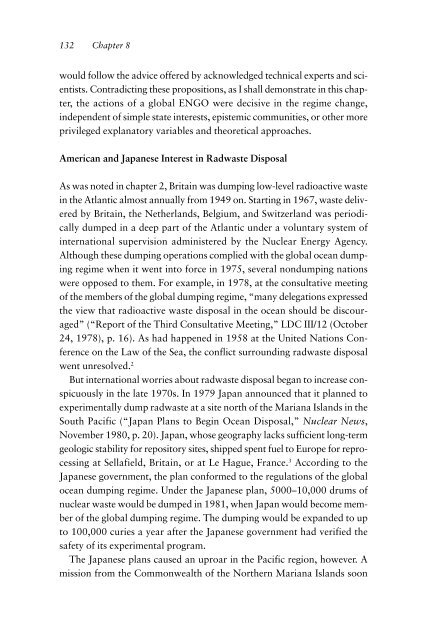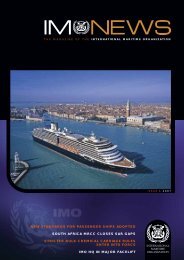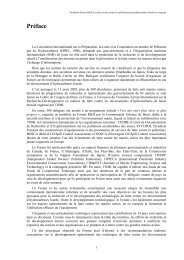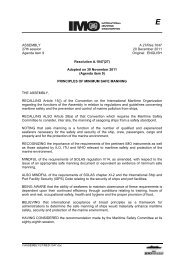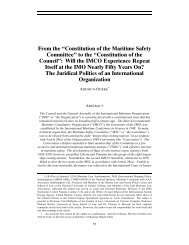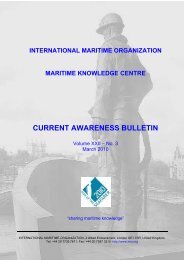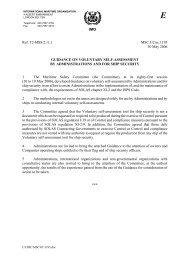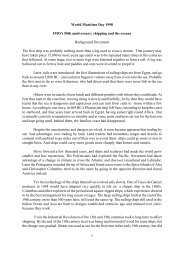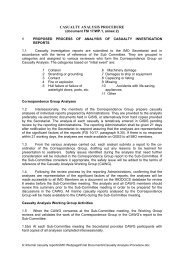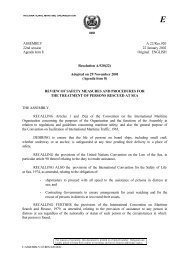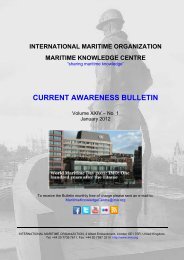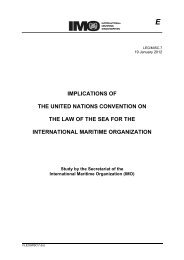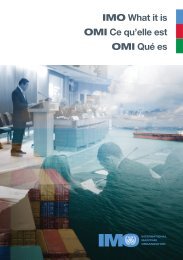Radioactive Waste Disposal at Sea: Public Ideas ... - IMO
Radioactive Waste Disposal at Sea: Public Ideas ... - IMO
Radioactive Waste Disposal at Sea: Public Ideas ... - IMO
You also want an ePaper? Increase the reach of your titles
YUMPU automatically turns print PDFs into web optimized ePapers that Google loves.
132 Chapter 8<br />
would follow the advice offered by acknowledged technical experts and scientists.<br />
Contradicting these propositions, as I shall demonstr<strong>at</strong>e in this chapter,<br />
the actions of a global ENGO were decisive in the regime change,<br />
independent of simple st<strong>at</strong>e interests, epistemic communities, or other more<br />
privileged explan<strong>at</strong>ory variables and theoretical approaches.<br />
American and Japanese Interest in Radwaste <strong>Disposal</strong><br />
As was noted in chapter 2, Britain was dumping low-level radioactive waste<br />
in the Atlantic almost annually from 1949 on. Starting in 1967, waste delivered<br />
by Britain, the Netherlands, Belgium, and Switzerland was periodically<br />
dumped in a deep part of the Atlantic under a voluntary system of<br />
intern<strong>at</strong>ional supervision administered by the Nuclear Energy Agency.<br />
Although these dumping oper<strong>at</strong>ions complied with the global ocean dumping<br />
regime when it went into force in 1975, several nondumping n<strong>at</strong>ions<br />
were opposed to them. For example, in 1978, <strong>at</strong> the consult<strong>at</strong>ive meeting<br />
of the members of the global dumping regime, “many deleg<strong>at</strong>ions expressed<br />
the view th<strong>at</strong> radioactive waste disposal in the ocean should be discouraged”<br />
(“Report of the Third Consult<strong>at</strong>ive Meeting,” LDC III/12 (October<br />
24, 1978), p. 16). As had happened in 1958 <strong>at</strong> the United N<strong>at</strong>ions Conference<br />
on the Law of the <strong>Sea</strong>, the conflict surrounding radwaste disposal<br />
went unresolved. 2<br />
But intern<strong>at</strong>ional worries about radwaste disposal began to increase conspicuously<br />
in the l<strong>at</strong>e 1970s. In 1979 Japan announced th<strong>at</strong> it planned to<br />
experimentally dump radwaste <strong>at</strong> a site north of the Mariana Islands in the<br />
South Pacific (“Japan Plans to Begin Ocean <strong>Disposal</strong>,” Nuclear News,<br />
November 1980, p. 20). Japan, whose geography lacks sufficient long-term<br />
geologic stability for repository sites, shipped spent fuel to Europe for reprocessing<br />
<strong>at</strong> Sellafield, Britain, or <strong>at</strong> Le Hague, France. 3 According to the<br />
Japanese government, the plan conformed to the regul<strong>at</strong>ions of the global<br />
ocean dumping regime. Under the Japanese plan, 5000–10,000 drums of<br />
nuclear waste would be dumped in 1981, when Japan would become member<br />
of the global dumping regime. The dumping would be expanded to up<br />
to 100,000 curies a year after the Japanese government had verified the<br />
safety of its experimental program.<br />
The Japanese plans caused an uproar in the Pacific region, however. A<br />
mission from the Commonwealth of the Northern Mariana Islands soon


